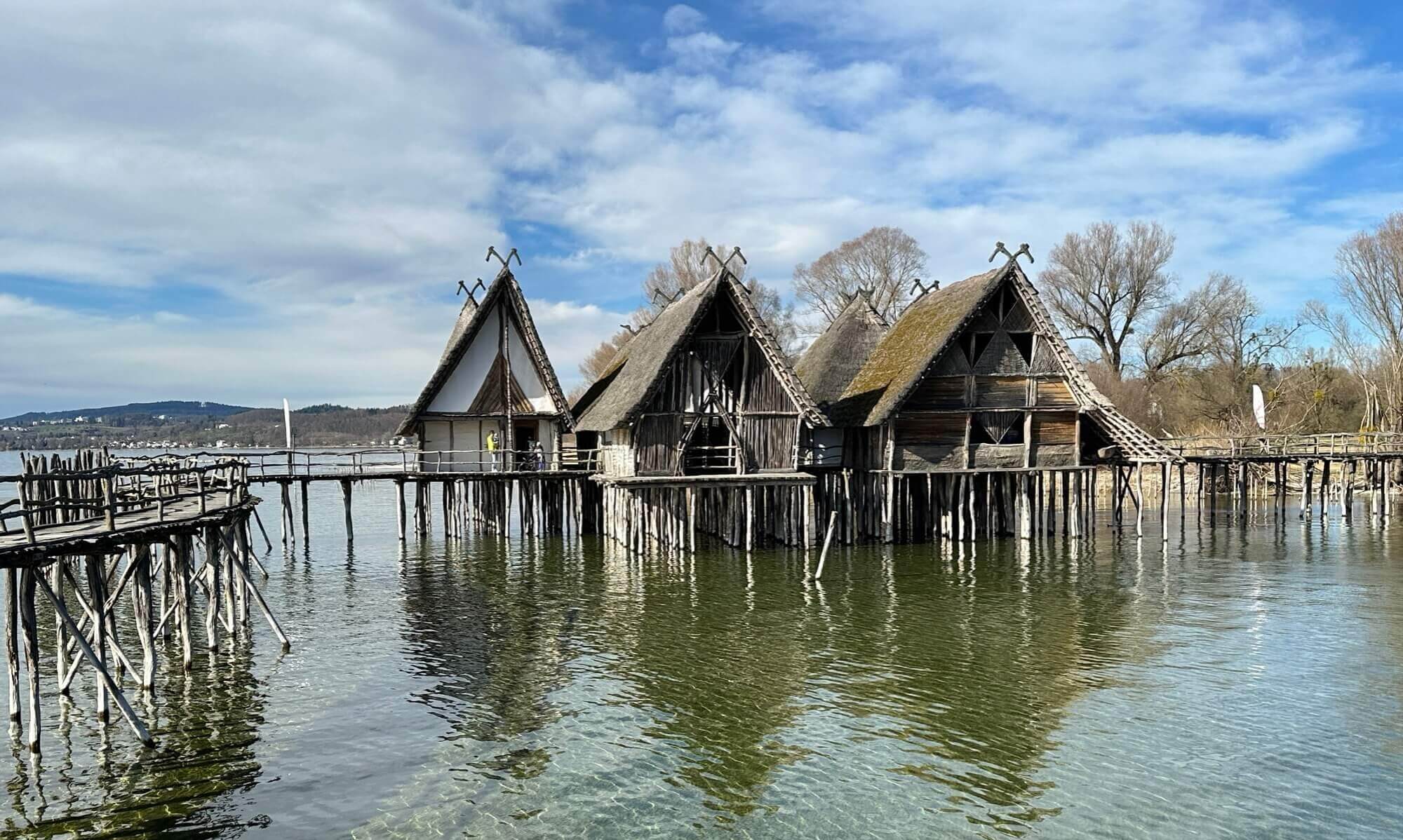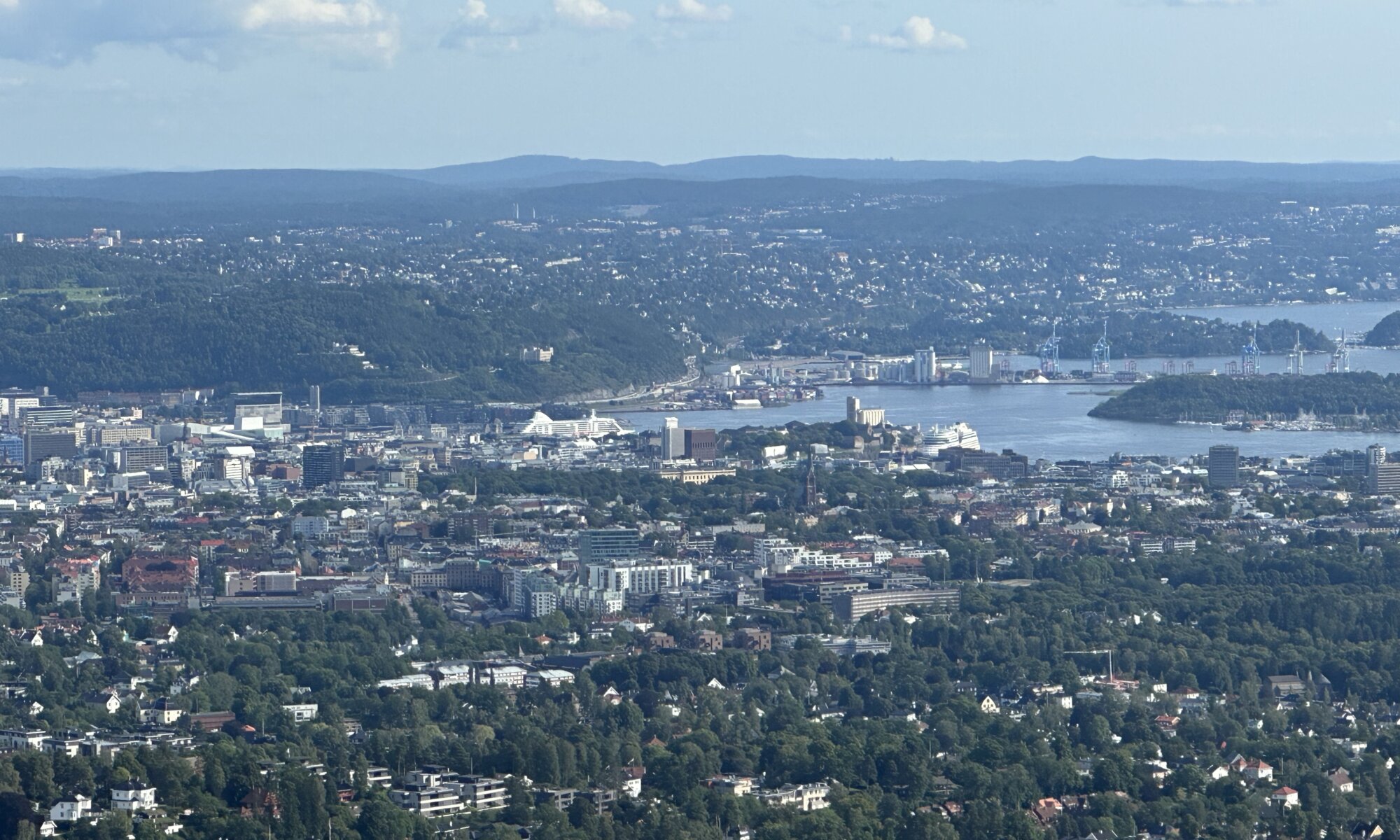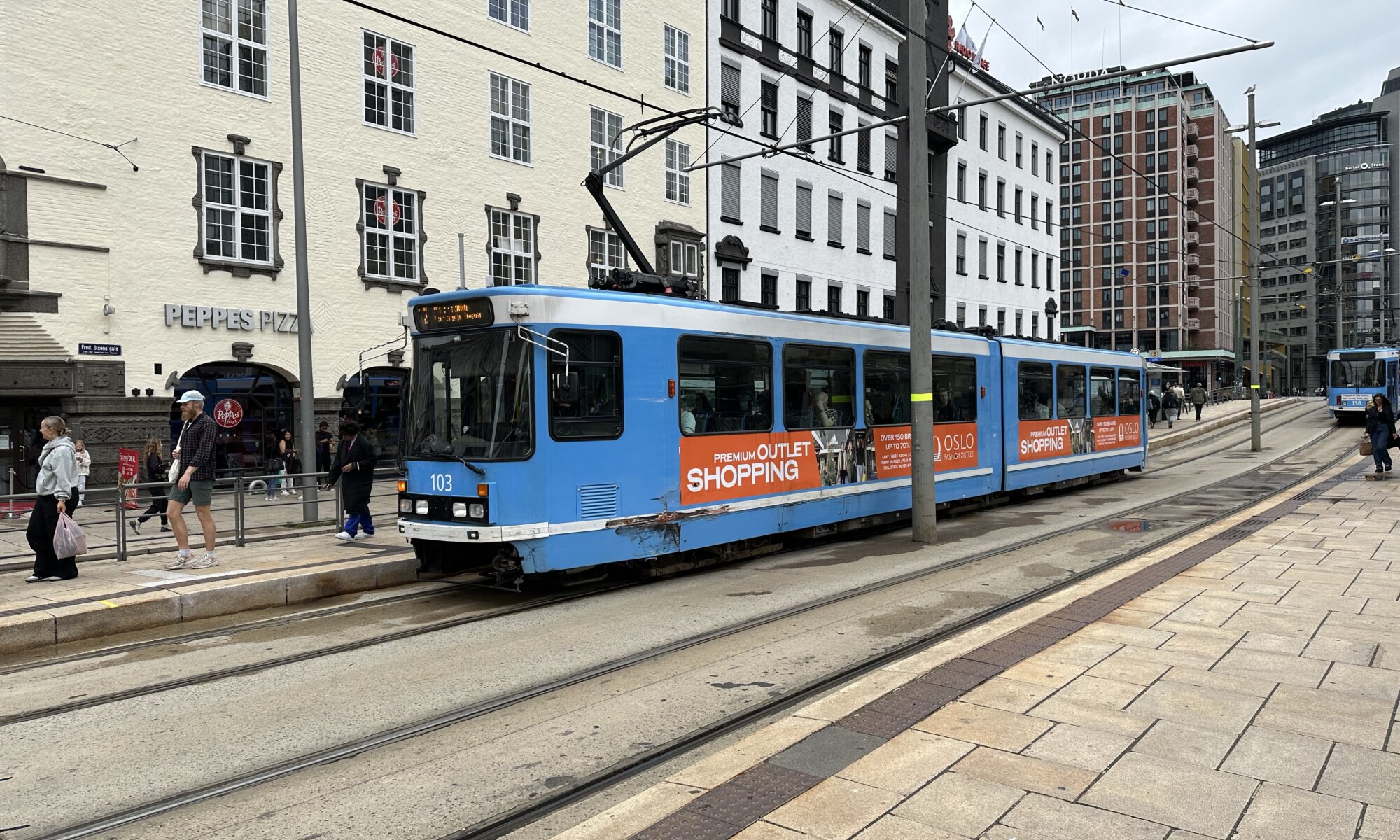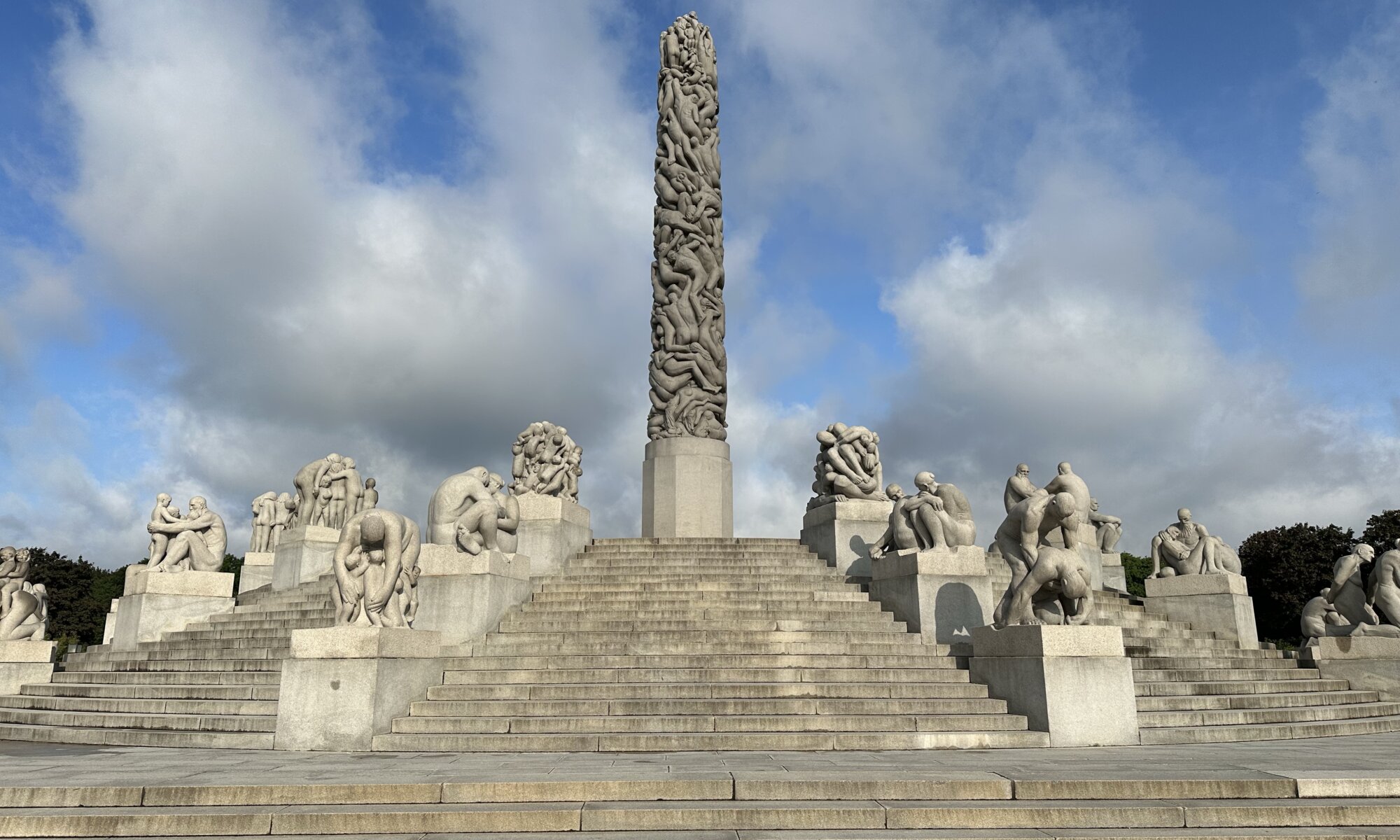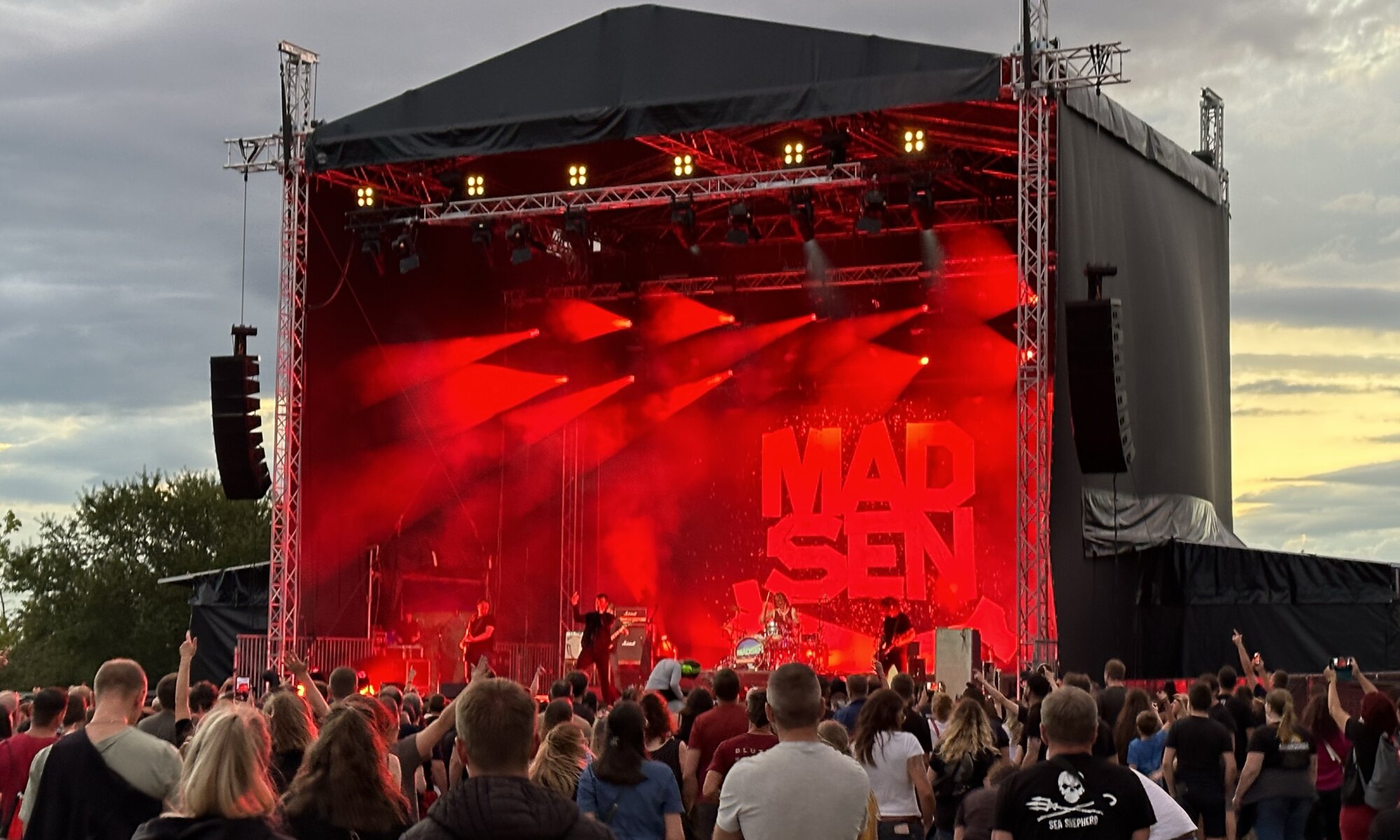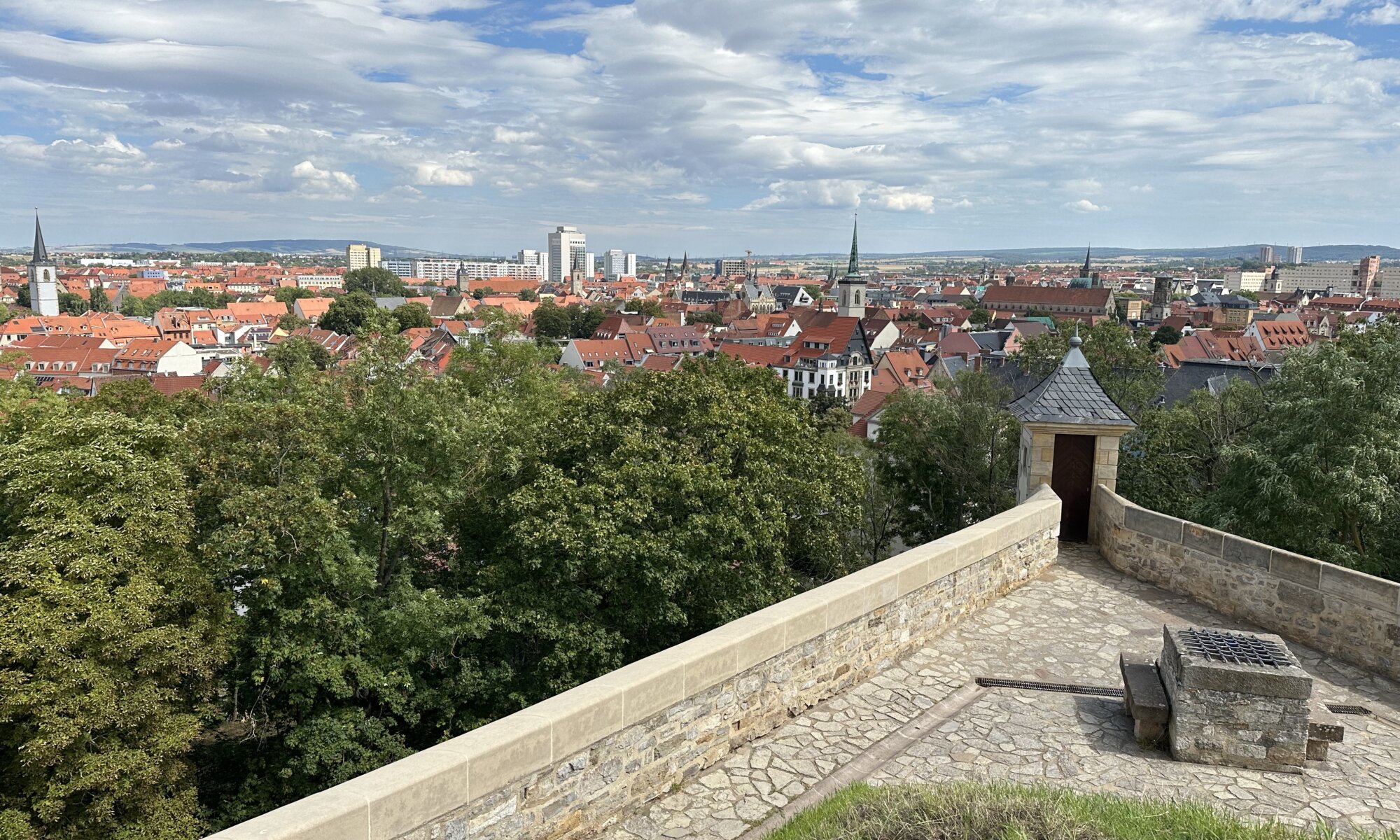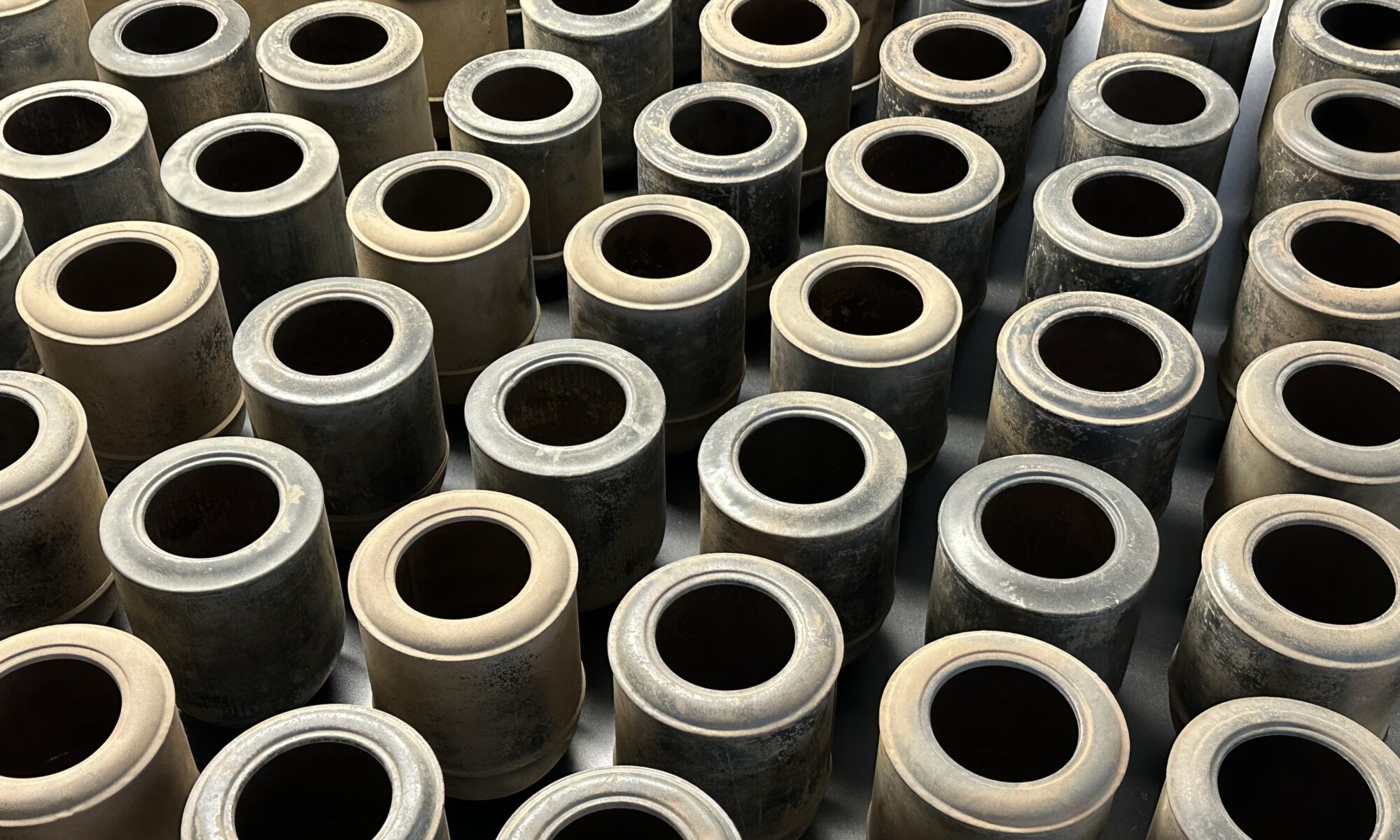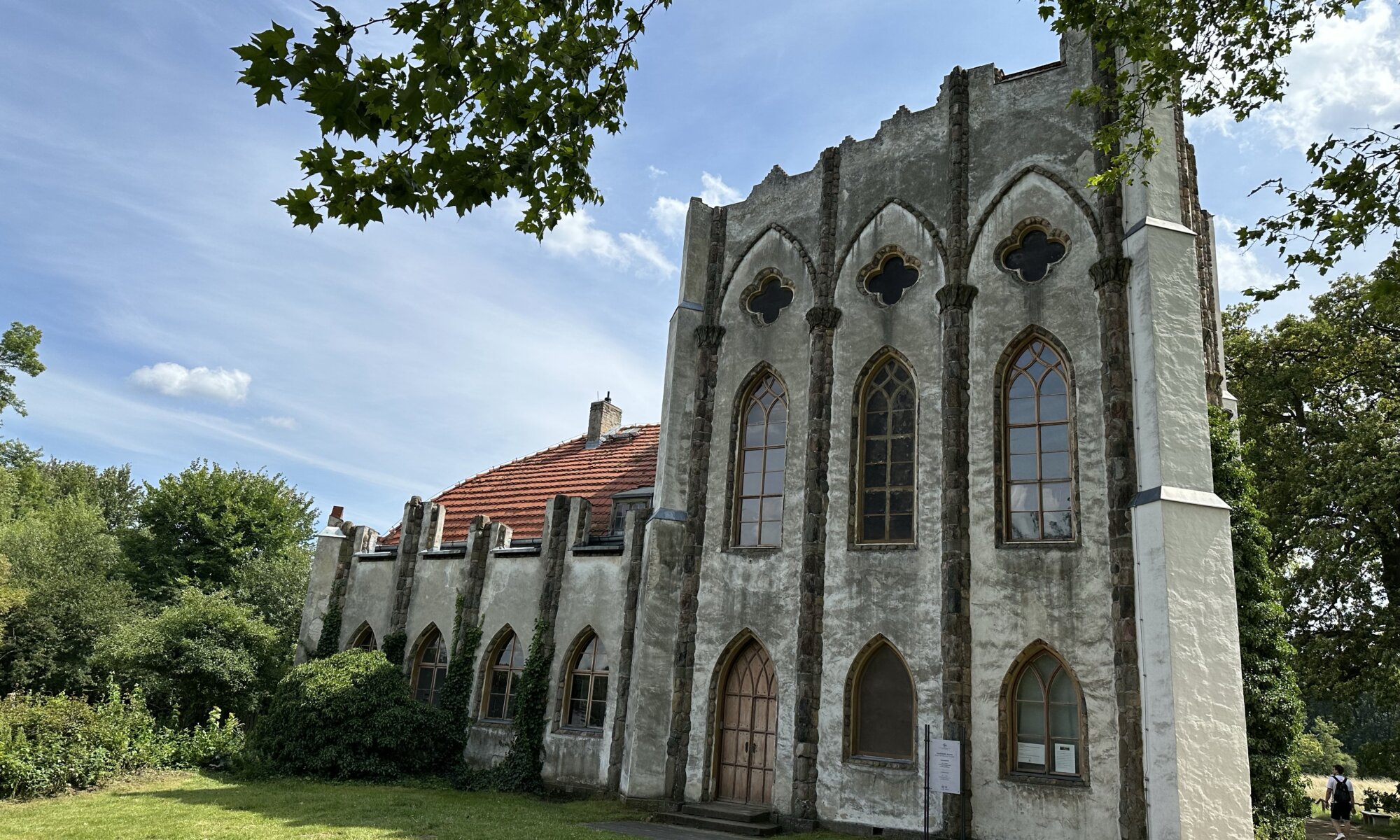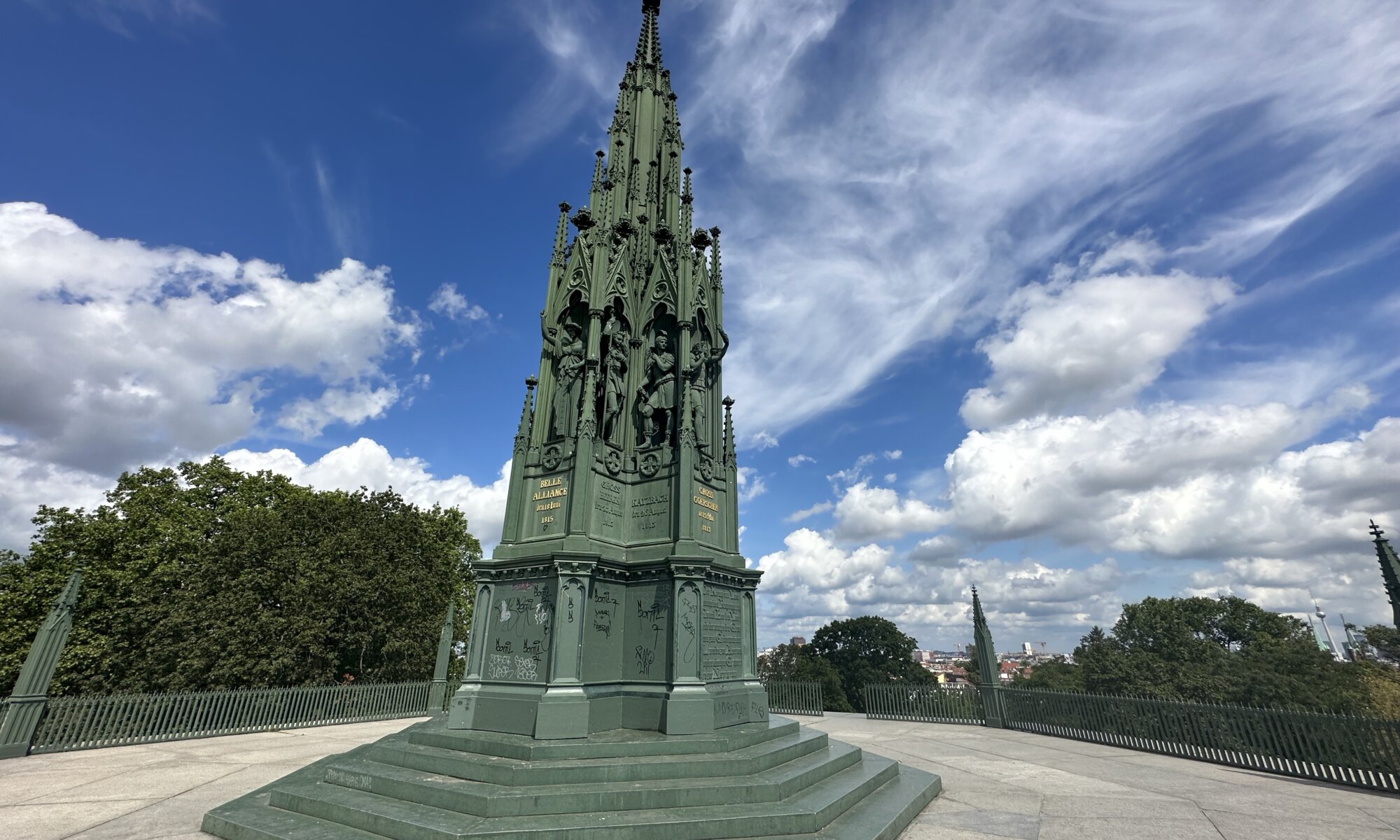Franz Marc is the most important German painter working in Expressionism style. His best known works do focus on animals and especially on horses: the Blaues Pferd I can be found at the Städtische Galerie im Lenbachhaus at München, his Turm der blauen Pferde is considered lost since 1945 (after being confiscated as Entartete Kunst by the Nazis and taken by Hermann Göring). But there is another painting showing a blue horse, a cute one: Kleines Blaues Pferdchen has been painted by Franz Marc for Walter, the son of befriended painter August Macke.
Continue reading “Little Blue Horse”Art, peace & sauna
What do you think of when you hear the name Oslo? The Vikings? Edvard Munch and his Skrik? Ski-jumping on Holmenkollen? The Nobel Prize? The iconic opera house at the fjord? First of all Oslo is an amazingly green capital city that was in older days known as Christiania (or Kristiania). It has a city center with many ancient and beautiful buildings due to the fact that it wasn’t impacted by war for a long time. And it is a city offering an absolutely high quality of life: nature, art and mentality contribute to this.
Continue reading “Art, peace & sauna”Oslo pass
I love to purchase tourist passes in advance. With them you typically can use public transport and visit the most important sights without paying every single time. If you get around a lot in a city it can save you a lot of money and that is quite important at Oslo as it is one of the most expensive cities in Europe. How does it work at Oslo currently? You just need to download the ‘Oslo pass‘ app from your mobile app store and within you can buy passes for different time frames. Once you arrived at Oslo you just need to activate it. The app shows two different tickets: one for public transport, one for visiting sights.
Continue reading “Oslo pass”Vigelandsparken
Gustav Vigeland was the most important sculptor of Norway. He was born in 1869 and died at Oslo in 1943; his connection to the capital city was strong: he gave the rights on his sculptures to the city administration and the city administration assured his means of subsistence. Vigeland was highly influenced by French sculptor August Rodin and his work focusses on the relationship between man and woman; maybe that’s why many people can relate to his work and enjoy seeing his sculptures.
Continue reading “Vigelandsparken”Central Club
I came to Erfurt last in 2015 for a concert in a club called Centrum, located in the city center, between the Anger and the Juri-Gagarin-Ring. Its perfect location became a problem as the landlord decided that he could earn more money by rebuilding the place instead of hosting a club. Half a year after my visit the Centrum had to be closed and Erfurt lost a wonderful concert hall.
Continue reading “Central Club”Thüringer Zoopark
Erfurt is the capital of the federal state of Thuringia and of course it needs to have a zoological garden. The Zoopark Erfurt is located on the Roter Berg (‘red mountain’) north of the city. It was opened in 1959 and is a home for 1,000 animals of more than 130 species. In contrast to other zoological gardens in Germany it is rather young, but you can see a lot of change there caused also by the end of the GDR.
Continue reading “Thüringer Zoopark”Petersberg
I’ve been to Erfurt multiple times, I’ve visited the Domplatz and the cathedral and I’ve always ignored the citadel next to it on the 231 meters high Petersberg mountain. I’ve not even seen it. Don’t do the same mistake as the fortification offers nice views on the city and different beer gardens to enjoy life. The Zitadelle Petersberg was created from 1665 on to prevent resistance against the Electorate of Mainz (whom the city belonged to after the Peace of Westphalia) and to suppress protestant forces.
Continue reading “Petersberg”Stets gern für Sie beschäftigt
During Nazi times many Germans became guilty by working for or collaborating with the regime. But where does personal responsibility begin? That is a question that becomes evident when visiting the Erinnerungsort Topf & Söhne at Erfurt. It is located in the administrative building of a factory founded in 1878 by Johann Andreas Topf. It produced brewery machines, ventilation systems and ovens.
Continue reading “Stets gern für Sie beschäftigt”Pfaueninsel
The German capital city Berlin stands for history, politics, art, culture and party. For tall buildings, monuments and endless streets. There are the rivers Spree and Havel; you can find many parks, but to relax in nature you also never need to ride very far. A good option for this is the Pfaueninsel (‘peacock island‘), a river island within the Havel close to the ‘border’ to Potsdam. It is since 1990 part of the UNESCO World Cultural Heritage at Berlin and only accessible by ferry boat.
Continue reading “Pfaueninsel”Viktoriapark
The Kreuzberg is with 66 meters height the highest elevation of Berlin. Since the 15th century this ‘mountain’ was used to grow wine grapes. Today it is covered by a nice park that many Berliner use for a walk. On its top you’ll find the Prussian National Monument for the Liberation Wars – it was erected in 1821 after the victory against Napoleon Bonaparte in 1815. Initially it was planned to create a vast church in Gothic-style to commemorate this, but it was to costly.
Continue reading “Viktoriapark”